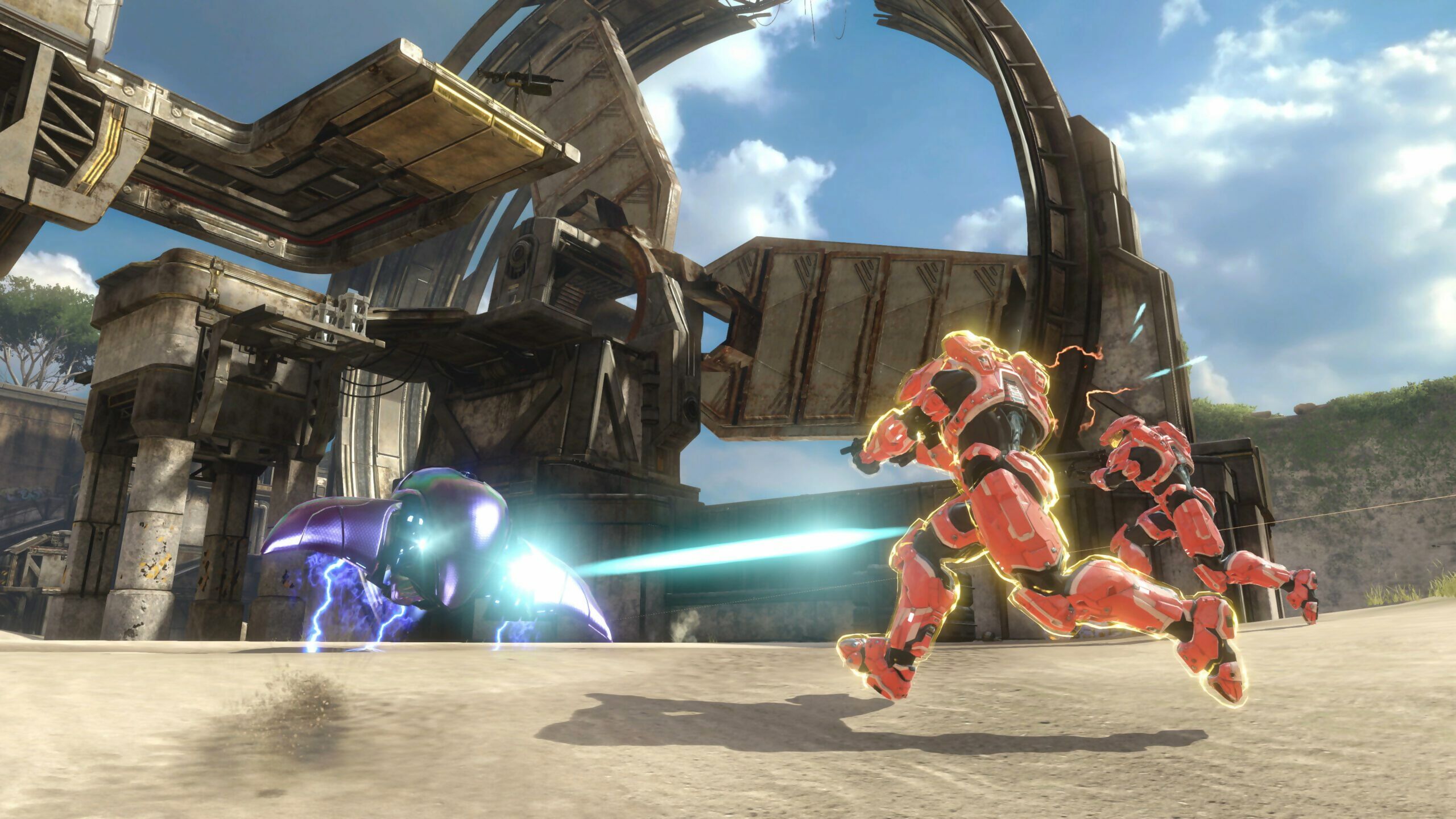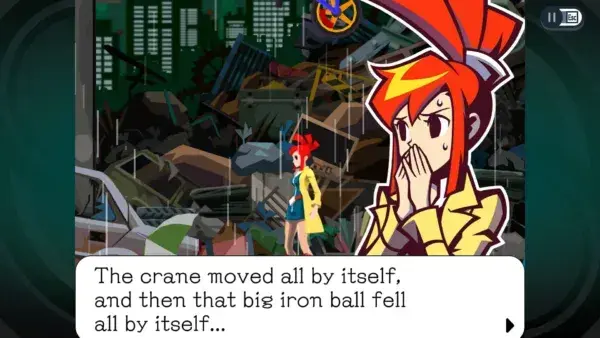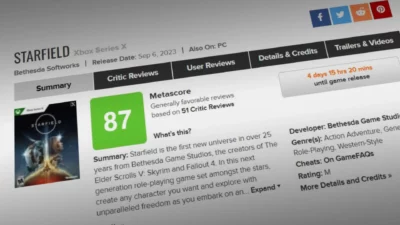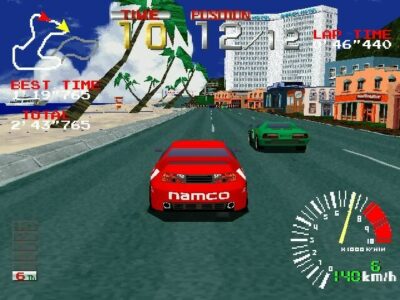
Halo: Combat Evolved wasn’t the first to do it, we’re sure. Best to get that out of the way quick smart. For one, plenty of space sim and space sim-adjacent games had been running with the shields-and-armour health system for a while by 2001. But it was Bungie’s breakthrough FPS on Microsoft’s then-brand-new console, the original Xbox, that made people really sit up and take notice. Then duck back behind cover because their shields had been breached.
Yes: regenerating shields and static health, to give it its name from TVtropes.org. The system whereby as long as you’ve not been attacked for a few seconds or so, you will definitely have at least some protection from any future incoming attacks. Shields hold up against a few hits until being depleted, then your health starts taking the hits. Get out of trouble and your shields will recharge, but the health needs a magical, wonderful medikit to be bumped back up. It was a simple system, and a great one; allowing for more dynamism in play, a more daring approach that wasn’t as reliant on the older FPS playstyle of edging forwards, bit by bit, to try and lose as little health as possible. It also rid the world of the scourge of having 1% health and knowing any damage at all would end your game.
But it wasn’t the end. It was the same series a few years later that modified things and made a new standard in gaming. Again, it probably wasn’t the first to do it (The Getaway in 2002 springs to mind), but Halo 2 was the game that brought recharging health and shields to the fore and popularised what would become a mechanic we now completely take for granted. The system is so utterly ingrained in modern gaming culture that it hardly even stands out these days – it’s like pressing the bottom face button to jump, or using the right trigger/button to accelerate or shoot. It’s just something that’s there.
In this bold new world of not requiring Red Cross trademark-infringing medical packs to be grabbed, players could simply get themselves out of trouble, hide for a bit, and watch as their shields and health crawled back up to maximum again. It has its critics as a system, and a lot of those critiques are fair – chief being that it can slow play down to an absolute plod for those playing it safe. But there can be no denying the positive impacts it had on a wide variety of genres over the years that followed.
The move to regenerating shields/health in both games meant Halo and Halo 2 – and the FPS genre in general – could move further away from its early days as a maze-and-key-‘em-up. DOOM will always be a legend, but it was about knowing how to get around a maze, finding the things you needed to find, and taking as little damage as possible along the way. Other first-person shooters had – generally, with a few notable exceptions – taken the same approach. Halo helped to codify the notion that FPS games could be about set pieces; about one battle, then another, then another.
It didn’t have to be one long slog through a level with the same itty-bitty health holding back progress the further you got into things – once you’d survived a single encounter, you would always face the next one with at least some chance of getting through it. Overdone as a system it might be, and there are arguments for it making games a lot easier of course, but it is superb all the same… and there’s nothing wrong with making games easier; it doesn’t have to be a rush to git gud all the time. Ahem.
Similar systems had popped up in the likes of Rare’s GoldenEye 007 and less-Bondy follow-up Perfect Dark, released in 1997 and 2000, respectively. Armour (aka shields) didn’t recharge but could be topped up with pickups, while health could only go down as you played through a level. As I say, ‘similar’ – and definitely not the same. We’re creatures of leisure, and the automation afforded by shields/health regenerating after a few seconds out of the line of fire was all that was necessary to push the feature over the top and make something The Standard. It’s almost a good enough thing to make you forget that Halo turned 20 recently and time is an unrelenting horror show. Almost.
Back to the well
As noted, Halo: Combat Evolved wasn’t the first game to offer recharging shields and/or health, nor was it the first FPS to do so. We actually covered it all the way back in issue 32: the first game we know of to feature recharging health (technically stamina, but same thing) was Punch-Out!!, released 1984 in arcades, closely followed by RPG Hydlide. The first FPS with recharging health was MIDI Maze, or Faceball 2000, which released on Atari ST, Game Boy, SNES, Game Gear, and PC Engine from 1987 through 1993. A 20th anniversary feels apt to talk about a game like Halo, though, and frankly, it was Bungie’s games that pushed the new normal in plenty of titles to follow.





